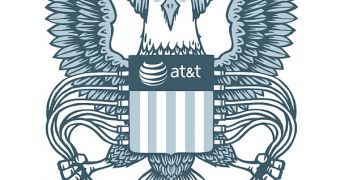The Five Eyes, namely the United States of America, the United Kingdom, Canada, Australia and New Zealand, is formed of countries that share intelligence between themselves on a regular basis, but that, according to general understanding, do not spy on each other.
Whether all countries follow this particular rule, it’s unclear, but it’s obvious that the United States has been disregarding it completely, or at least intended to.
According to a separate draft memo from the Snowden stash, dated 2005, and revealed by the Guardian and Channel 4 News, the NSA proposed a special procedure to spy on citizens of the United Kingdom and the other Five-Eyes nations, even when this was specifically forbidden by the governs.
More so, the memo also revealed that the NSA knew exactly how many rules it was breaking since it made it clear that these partner countries must not be informed about the surveillance or the procedure itself.
At the time, the US was allowed access to some minimal data, such as British landline phone numbers that had been collected incidentally.
In 2007, however, as revealed by another memo, there was a fundamental change in policy, allowing the US to collect, store and analyze vast amounts of personal data that they were previously ordered to discard (at least theoretically).
“Sigint [signals intelligence] policy … and the UK Liaison Office here at NSAW [NSA Washington] worked together to come up with a new policy that expands the use of incidentally collected unminimized UK data in Sigint analysis,” the memo reads.
“The new policy expands the previous memo issued in 2004 that only allowed the unminimizing of incidentally collected UK phone numbers for use in analysis. Now SID analysts can unminimize all incidentally collected UK contact identifiers, including IP and email addresses, fax and cell phone numbers, for use in analysis,” it continues, as revealed by the aforementioned sources.

 14 DAY TRIAL //
14 DAY TRIAL //